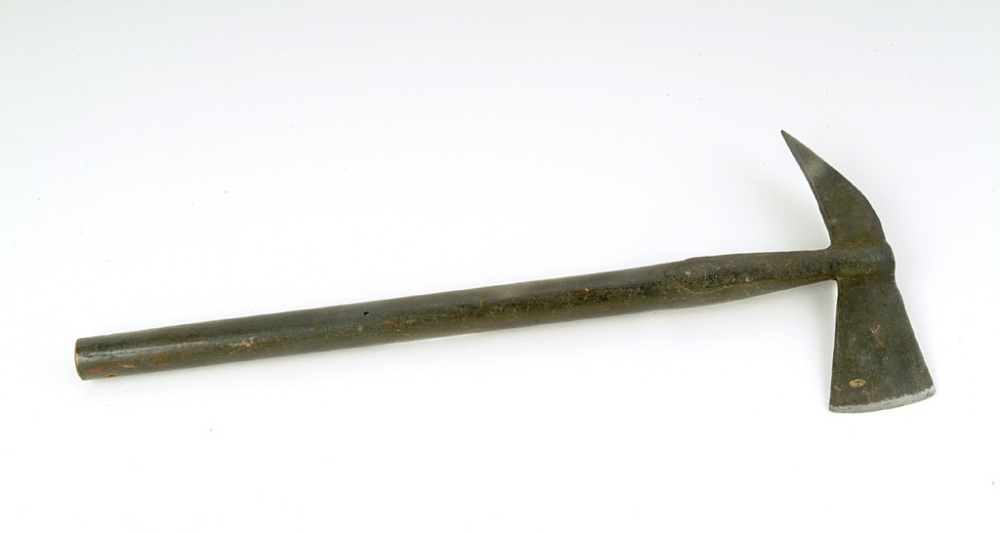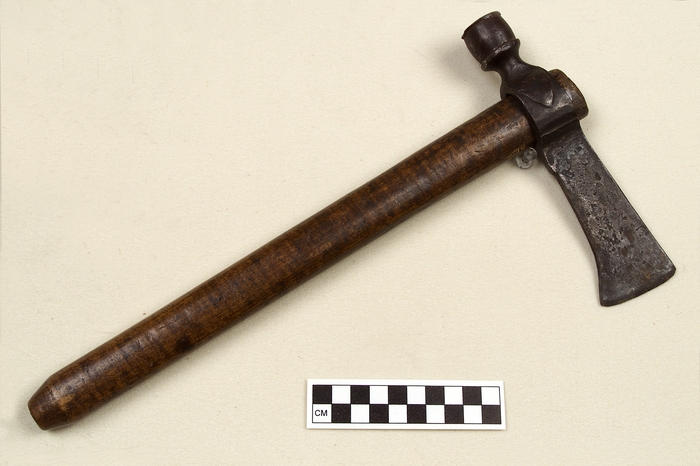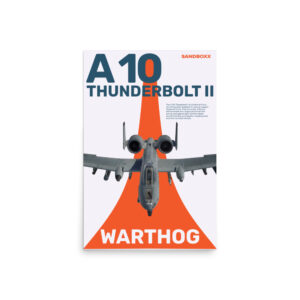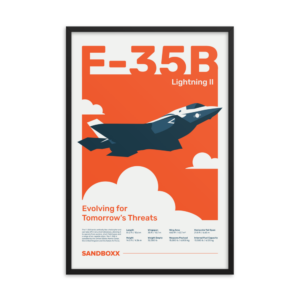Ye olde tomahawk – From the Revolution to the GWOT
- By Travis Pike
Share This Article

Ye olde tomahawk. Tomahawks are fascinating instruments that have been in use for hundreds of years, although it’s tough to say when they first appeared. Its name comes from the Powhatan word tamahaac, and it was invented by North American indigenous tribes that used stones as its blades.
Tomahawks acted as both weapons and tools with tribes across the plains. Europeans adopted the tomahawk but swapped the rock heads for metal variants based on the boarding ax’s head.
A tomahawk falls into the ax family of tools and differs from a traditional ax by its weight and size. They are small weapons measuring between 18 inches and 2.5 feet in length. They differ from hatches — which are only intended to be used as tools — by having longer handles, smaller blades, and by being lighter.
Tomahawks became a standard tool for those living in the bush and were a common tool among soldiers, frontiersmen, and beyond.
The European boarding ax
Europeans utilized their own short ax in the form of the boarding ax. A boarding ax typically had a larger head and longer handle. Boarding axes served as weapons and portable destructive forces on a ship. They cut through doors, lashing, sails, and more. They even acted as portable handles that allowed sailors or pirates to pull themselves from a smaller vessel to a larger ship.

The boarding ax worked as a purpose-built tool but was nowhere near as small and handy as a tomahawk. They became necessary tools in warfare and became extremely popular in military forces. Since then, these tools have remained popular with military forces, throughout warfare’s evolution.
Notable use of tomahawks
Benjamin Church led the first American Ranger force in 1676. His force was unconventional, and he combined Europeans with Natives to form a mobile and flexible force. He armed all of his men with a mix of European firearms and native tools, including the tomahawk. This began a long tradition of Rangers using the mighty hawk for colonial warfare.
Roger’s Rangers famously used the tomahawk and hatchet, enough so that the 13th rule of Roberts Rules for Ranging mentions keeping it sharp and ready.

The British Colonial forces designed their own forest warfare unit, the 62nd Royal American Regiment of Foot. Initially, they were armed with short swords alongside their rifles, but in short order, they moved to the tomahawk and ditched the short sword.
By the time the American Revolution rolled around, the ragtag American Colonial forces saw themselves with a shortage of bayonets, but they had no shortage of close-range warfare. Thus they turned to hatchets, knives, short swords, and of course, the tomahawk.
The use of tomahawks today
Tomahawks remained in service long past the days of muskets and mass formations. War changes, but handy tools are always handy. Like a hammer, the tomahawk fulfills its role greatly.
In World War II, the RAF and OSS had the famed crash ax; its unique design was inspired by the tomahawk.

The crash ax was light and short with a thin and simple blade. The rear spike is a common accouterment to tomahawks, and the Crash ax made good use of it. As the name implies, this ax allowed pilots to cut their way out of the wreckage when their planes went down.

In the jungles of Vietnam, the ole hawk made a big reappearance. Small tools that can cut through trees, roots, and shrubbery were quite handy.
World War II veteran Peter LaGana designed what became known as the Vietnam Tactical Tomahawk. Over 4,000 of just this model found their way into Southeast Asia and armed Rangers, Force Recon, SEALs, and infantrymen.
Related: The 5 best GWOT video games according to a GWOT veteran
Into the GWOT
The tomahawk served among American servicemembers in the Global War on Terror. The GWOT saw the Tomahawk be officially issued to numerous soldiers. This includes the 172nd Stryker Infantry Brigade and the 2nd Infantry Division, among others. It even earned a NATO stock number and became part of the rescue kit of every Stryker unit.

SEAL Team 6 famously carried Winkler hawks in operations and individual purchases by troops saw the tomahawk become a popular tool in both the urban terrain of Iraq and the fields of Afghanistan.
In Iraq, tomahawks became improvised breaching tools that chewed through doors. We occupied patrol bases far from a COP in Afghanistan and went native for a bit.

Tomahawks allowed us to split wood for warming fires, clear brush for firing lanes, and even dig defensive positions. They proved light enough to carry on patrol and handy enough to justify their weight.
Slash and smash
Ye olde tomahawks have become a staple of warfare, from the Revolutionary War to the Global War on Terror. It’s a stick with a blade attached to it, and sometimes something that simple is all you need.
Low-tech tools will always have their place, and the tomahawk certainly carved out its space among frontiersmen, soldiers, and more.
Read more from Sandboxx News
- The Pentagon wants to protect military working dogs from chemical weapons
- Counterterrorism in an age of great-power competition
- Laser challenge: How to protect US aircraft from directed energy weapons
- Modern Knife Fighting – The Marine Corps Way
- Kids rush in where wise men fear to tread Part I: Fighting human trafficking in America
Related Posts
Sandboxx News Merch
-

‘Kinetic Diplomacy’ Bumper Sticker (Black)
$8.00 Add to cart -

A-10 ‘Warthog’ Poster
$22.00 – $28.00 Select options This product has multiple variants. The options may be chosen on the product page -

F-35 ‘Evolution’ Framed Poster
$45.00 – $111.00 Select options This product has multiple variants. The options may be chosen on the product page

Travis Pike
Travis Pike is a former Marine Machine gunner who served with 2nd Bn 2nd Marines for 5 years. He deployed in 2009 to Afghanistan and again in 2011 with the 22nd MEU(SOC) during a record-setting 11 months at sea. He’s trained with the Romanian Army, the Spanish Marines, the Emirate Marines, and the Afghan National Army. He serves as an NRA certified pistol instructor and teaches concealed carry classes.
Related to: Gear & Tech, Military History

Unit 684 – The South Korean suicide squad with the tragic history

How troops survive long deployments at sea

These were 5 outrageous uses of nuclear power during the Cold War

The French once put a cannon on a Vespa and sent it to war
Sandboxx News
-

‘Sandboxx News’ Trucker Cap
$27.00 Select options This product has multiple variants. The options may be chosen on the product page -

‘AirPower’ Classic Hoodie
$46.00 – $48.00 Select options This product has multiple variants. The options may be chosen on the product page -

‘AirPower’ Golf Rope Hat
$31.00 Select options This product has multiple variants. The options may be chosen on the product page -

‘Sandboxx News’ Dad Hat
$27.00 Select options This product has multiple variants. The options may be chosen on the product page
